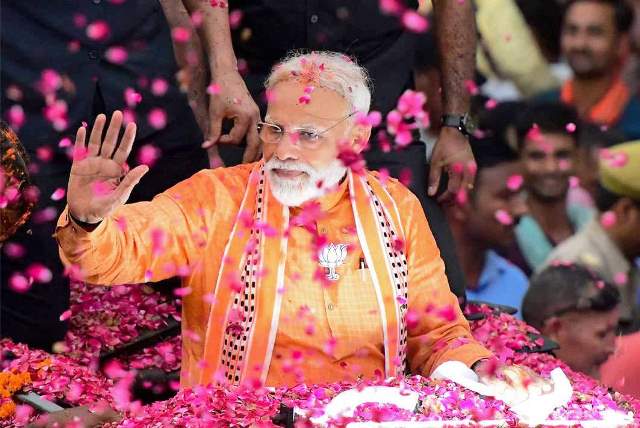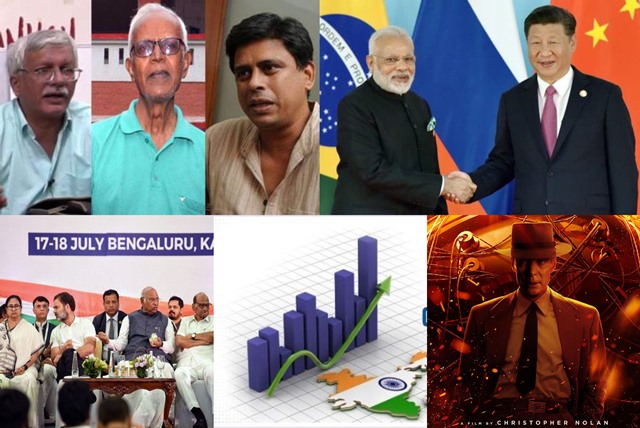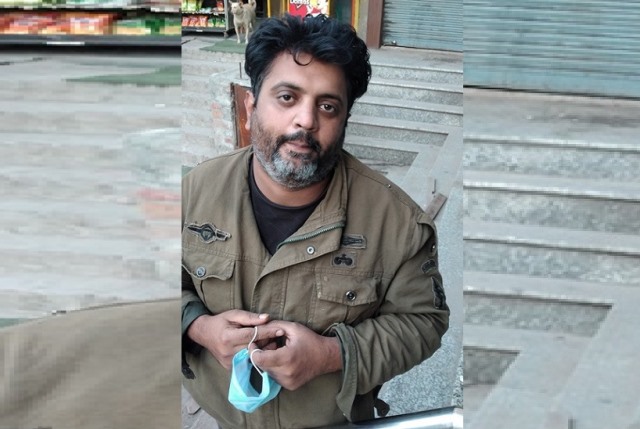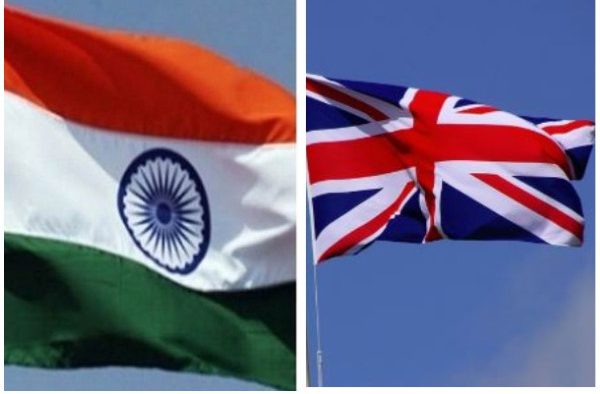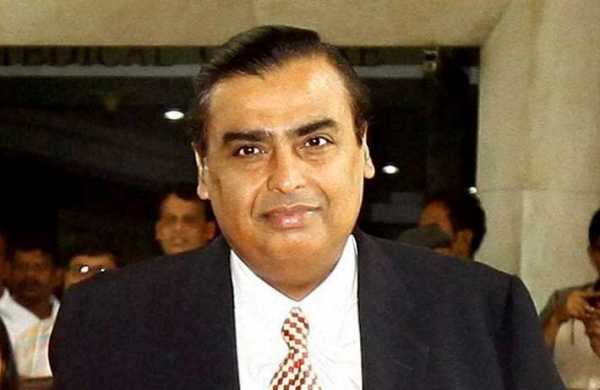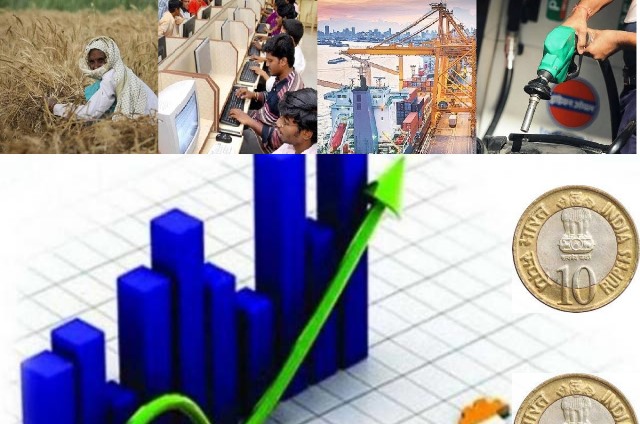Last weekend India’s Supreme Court granted bail to two prominent rights activists, Vernon Gonsalves and Arun Ferreira, who have been jailed since 2018 in the Bhima Koregaon case. The court’s decision to grant bail to the two is interpreted as a refreshing revival of the Indian judiciary’s independence and values. But what is the Bhima Koregaon case?
The Bhima Koregaon case is a controversial and complex legal case that involves the arrests of several activists, academics, and political leaders for allegedly inciting caste violence and having links to Maoist rebels in India.
The origins of the case go back to the last day of 2017 when an event called called Elgaar Parishad was held in Pune, Maharashtra, to commemorate the 200th anniversary of the Battle of Koregaon-Bhima, where a small force of Dalit soldiers of the British East India Company defeated a larger army of the Peshwa, a Brahmin ruler. The event was attended by thousands of people, mostly Dalits, who consider the battle as a symbol of their resistance against caste oppression.
The event sparked off violence the next day, New Year’s Day 2018, when Dalit and upper-caste groups clashed near the Koregaon-Bhima war memorial. One person died and several were injured in the incident. The police filed an FIR against two right-wing leaders, Sambhaji Bhide and Milind Ekbote, for allegedly instigating the violence but no arrests were made.
Six months later, the Pune police arrested five activists, Sudhir Dhawale, Shoma Sen, Mahesh Raut, Rona Wilson, and Surendra Gadling, for allegedly having links to the banned Communist Party of India (Maoist) and for being part of a conspiracy to assassinate Prime Minister Narendra Modi. The police claimed that they had evidence from letters and documents seized from their computers and devices. The activists denied the charges and said that the evidence was fabricated.
A couple of months later, the police followed it up by raiding the homes of several other activists across the country and arrested five more, Varavara Rao, Vernon Gonsalves, Arun Ferreira, Sudha Bharadwaj, and Gautam Navlakha, on similar charges. They also alleged that these activists were involved in organising the Elgaar Parishad event and inciting violence at Bhima Koregaon.
In November 2018, the Bombay High Court rejected the bail pleas of the first five activists and extended their house arrest. In December 2018, the Supreme Court dismissed a petition seeking an independent probe into the case.
In January 2019, the Pune police filed a charge sheet against 10 of the accused, naming them as “urban Naxals” who were part of a larger conspiracy to overthrow the government and wage war against the country. The charge sheet also named nine more absconding accused, including some top Maoist leaders.
In February 2019, the Bombay High Court granted bail to Gautam Navlakha, but stayed his release for four weeks to allow the state to appeal. In March 2019, the Supreme Court set aside his bail order and directed him to surrender before the trial court.
In April 2019, the police filed a supplementary charge sheet against five more accused,
In April 2019, the Pune police filed a supplementary charge sheet against five more accused, Anand Teltumbde, Stan Swamy, Hany Babu, Sagar Gorkhe, and Ramesh Gaichor.
In January 2020, the then newly-formed Maharashtra government led by the Shiv Sena announced that it would review the case and consider dropping charges against some of the accused. However, in February 2020, the central government transferred the case to the National Investigation Agency (NIA), a federal agency that deals with terrorism-related cases.
In April 2020, amid the Covid-19 pandemic, several accused filed bail applications on medical grounds, citing their vulnerability to infection in prison. However, most of them were denied bail by various courts. In July 2020, Varavara Rao tested positive for Covid-19 and was shifted to a hospital. His family and lawyers alleged that he was not given proper medical care in prison and demanded his release on humanitarian grounds. In August 2020, he was granted interim bail for six months by the Bombay High Court on medical grounds.
The case of Stan Swamy, an 83-year-old Jesuit priest and tribal activist, stands out in particular for the insensitivity with which it was handled. Swamy was arrested by the NIA from his residence in Ranchi, Jharkhand in October 2020. Swamy, who suffered from Parkinson’s disease, was denied bail twice despite his fragile health condition.
In July 2021, Swamy died of a cardiac arrest in a hospital in Mumbai. He was 84 years old and had been on ventilator support for several days. His death sparked outrage and condemnation from various quarters, including the United Nations and the European Union. His lawyers and family accused the authorities of denying him proper medical care and violating his human rights.
Last week, the Supreme Court granted bail to Vernon Gonsalves and Arun Ferreira, two of the activists arrested in August 2018. They were both trade unionists and human rights defenders. The court noted that they had spent nearly five years in custody without trial and that mere accusations should not suffice as the sole basis for denying bail. The court imposed certain conditions on their bail, such as surrendering their passports, not leaving Maharashtra, and sharing their mobile location with the NIA.
As of now, out of the 23 arrested accused in the case, six have been granted bail (either interim or regular), one has died in custody, and 16 are still in jail awaiting trial. The trial is yet to begin as the charges are yet to be framed by the court. The case has been widely criticized as a witch-hunt against dissenting voices and an abuse of anti-terror laws by the state. The accused have maintained their innocence and claimed that they are being targeted for their work on behalf of marginalised communities and social justice causes.
If India and China Get Closer, What Would it Mean for the World?
In June this year, during Indian Prime Minister Narendra Modi’s visit to the US, the two countries signed the sort of defence agreements that the US usually reserves for its closest allies. One of the deals included in the agreements is a $3-billion one for 31 High Altitude Long Endurance (HALE) drones, of which the Navy will get 15 SeaGuardian drones. while the Army and the Indian Air Force (IAF) will get eight each of the SkyGuardian land version. The significance of these deals is not only that they enhance India’s defence capabilities but also demonstrate the degree of closeness between India and the US.
The US has viewed India as a potential strategic ally and a counterbalance against the rising power of China with whom its relationship has been on a steady decline. It is a hope and strategy that has been pursued by the US since the Clinton regime. Since then regardless of whether it has been a Republican or a Democrat in the White House, the US has sought closer relations with India. The fact that India’s relations with China, have also been under strain, chiefly because of the long-drawn-out border dispute in the former’s north-eastern boundaries, has also united the two countries–with both having a sort of common enemy.
What if that changes? What if India and China manage to reach a rapprochement over the border and other disputes?
On the face of it, it could seem premature to assume that could happen. After all, it has been barely three years since Indian and Chinese troops clashed at the border with India suffering more casualties than China. Both countries amassed more troops on the north-eastern side of India, the US offered high altitude combat gear and other assistance, and China enhanced its military infrastructure on the other side. The dispute also led to restrictions on trade, and bans on Chinese apps in India.
But is a detente now in the offing? Post-pandemic bilateral trade between India and China has grown more than 40%; and although the border dispute has not been resolved, after several rounds of negotiations, both sides have withdrawn some of their troops from each side.
Both India and China have much to gain from a more harmonious relationship between them. Trade, especially in technology inputs from China, and the vast market India offers to China whose economy is showing distinct signs of slowing, is important to both countries. A Symbiotic relationship between China and India could, in effect, lead to a greater bond between the two neighbours and, consequently, thwart the West’s (read:the US) attempts to gain stronger support of India as a counterfoil to China.
True, these developments are still nascent but the US should take note that getting India as an ally is not going to be a cakewalk in an increasingly polarising geopolitical situation.
Should Modi Worry About INDIA, the Opposition Alliance?
A united opposition can be a potential threat to Narendra Modi, whose government has been in power since 2014 and has been able to marginalise most of its prominent political rivals, notably the Congress party whose current status is a faint shadow of what it was before 2014.
After failing to stop the Modi-led juggernaut in elections–both at the Centre and in several states, India’s Opposition parties have now forged an alliance, Indian National Developmental Inclusive Alliance (INDIA) to challenge Modi and his BJP (Bharatiya Janata Party) in the next general election, which is due in May 2024. The alliance comprises 26 parties, including the main national opposition Congress party and several regional parties that have a strong base in some states.
The alliance claims to represent the interests of the people and the Constitution, and to oppose the “hatred and violence” that they allege Modi and his BJP have unleashed against minorities, especially Muslims, who make up about 14% of India’s population. The alliance also accuses Modi of undermining democracy, institutions, and federalism, and of mishandling the Covid-19 pandemic, the economy, and foreign policy.
But INDIA faces many challenges in taking on the current regime. Modi continues to be the most popular leader among the majority of Indians who are Hindus and make up 80% of the 1.4 billion population of the country. In an age where individual personalities play a significant role in politics, Modi has a charismatic personality, a strong media presence, and a loyal base of supporters who see him as a decisive and visionary leader who can deliver development and security for the country. Modi also has the advantage of being the undisputed leader of his party, while the opposition alliance has no clear leader or prime ministerial candidate.
Many believe that the Opposition alliance is potentially riven by internal differences and contradictions. It is a union of disparate ideologies and interest groups that are united only because they are all opposed to the Modi regime. Such a basis for an alliance can be fraught with risks of fractures and, indeed, a collapse.
Many in the alliance are rivals or enemies in their respective states, and some of them have been allies or partners of the BJP in the past. The alliance will have to find a common minimum program that can appeal to voters across regions, castes, religions, and classes.
INDIA will also have to contend with the BJP’s formidable electoral machine, which has a huge network of workers, volunteers, and resources. The BJP also has the support of several influential groups, such as the RSS (Rashtriya Swayamsevak Sangh), a Hindu nationalist organization that is the ideological mentor of the BJP; the VHP (Vishva Hindu Parishad), a Hindu right-wing group that campaigns for Hindu causes; and various media outlets that are sympathetic or loyal to the BJP.
The alliance will also have to face the challenges posed by the electoral system, which is based on first-past-the-post voting. This means that even if the alliance gets more votes than the BJP nationally, it may not get more seats in parliament if it loses in key states or constituencies where the BJP has a strong presence or advantage. Seat-sharing strategies will be important for winning in the elections and these, for parties that have often been at loggerheads with each other, can be difficult to forge.
Then there is the question of defections and splits. Political alliances in India have also been marked by instances of sabotage from within. Also, the BJP can attempt to lure away key members of the alliance with the offer of lucrative political deals that capitalise on individual ambitions or lust for power.
In theory, a united opposition is probably the only way to challenge the monolithic and powerful regime that Modi has in place but in practice it is not going to be easy. Which way voters cast their ballots will depend on how they assess the performance of the Modi government, which will have completed 10 years by the time the elections are held. It will also depend on campaign strategies of either side and, of course, on any unforeseen developments that could change the narrative.
India’s Economy is Growing Fast But That isn’t Enough
India’s economy is one of the fastest-growing and largest in the world, but it also faces many challenges and uncertainties. According to the World Bank, India’s GDP growth rate was 8.3% in 2022, making it the fifth-largest economy by nominal GDP. However, the IMF projects that India’s growth will slow down to 6.9% in 2023 and 6.5% in 2024, due to the impact of the Covid-19 pandemic, the weakness of the financial sector, and the slowdown in global trade.
Some of the main drivers of India’s economic growth are its large and young population, its urbanisation and digitalisation, its reforms and investments in infrastructure, and its integration with global markets. Some of the main pitfalls that India’s economy faces are its high poverty and inequality, its environmental and social sustainability, its institutional and governance quality, and its geopolitical and security risks.
Therefore, India’s economic prospects depend on how well it can balance its opportunities and challenges, and how resilient and adaptable it can be in the face of shocks and uncertainties. India needs to pursue a more inclusive, sustainable, and job-rich growth model that can benefit all its people and regions, while also enhancing its competitiveness and innovation in the global arena.
Why Oppenheimer Doing Better than Barbie in India
In India, some things can often be counter-intuitive. That could be the case in the box-office performance of two potential blockbuster Hollywood movies that hit the screens together at the end of July.
Based on available information, globally it seems that the Barbie movie has been more successful than the Oppenheimer movie, at least so far. The Barbie movie, which stars Margot Robbie and Ryan Gosling as the iconic dolls, and is directed by Greta Gerwig, opened on July 21, 2023 to rave reviews and record-breaking box office numbers. According to various sources, the Barbie movie made over $500 million worldwide in its first week, and was expected to cross $700 million by its second weekend. Some analysts predict that the Barbie movie will soon reach $1 billion worldwide, making it one of the biggest hits of the year.
The Oppenheimer movie, which stars Cillian Murphy as the father of the atomic bomb, and is directed by Christopher Nolan, opened on the same day as the Barbie movie, but had a lower profile and a smaller budget. The Oppenheimer movie also received positive reviews and impressive box office results, but not as much as the Barbie movie. According to various sources, the Oppenheimer movie made about $180 million worldwide in its first week, and was expected to reach $300 million by its second weekend. Some analysts predict that the Oppenheimer movie will end up with around $500 million worldwide, making it a profitable and acclaimed film, but not a blockbuster.
But let’s cut to India, where things seem to be quite different. After it was released on the same date as everywhere else in the world, the Barbie film grossed nearly Rs 39 crore in the first 10 days in India. But Oppenheimer, released simultaneously with Barbie, has soared ahead of the global blockbuster. The film’s total gross collections are nearly Rs 78 crore.
Is that surprising? Perhaps not. Barbie is a fashion doll created in 1959, manufactured and marketed by the toy giant Mattel. It became a worldwide franchise worth millions of dollars and swept the market for decades. However, in India the Barbie brand resonates with a tiny percentage of affluent, western-influenced households.
In contrast, the interest in Oppenheimer, which is about the father of the most devastating invention of modern weaponry, resonates with many more Indians than a blonde doll with an improbable physique does.
